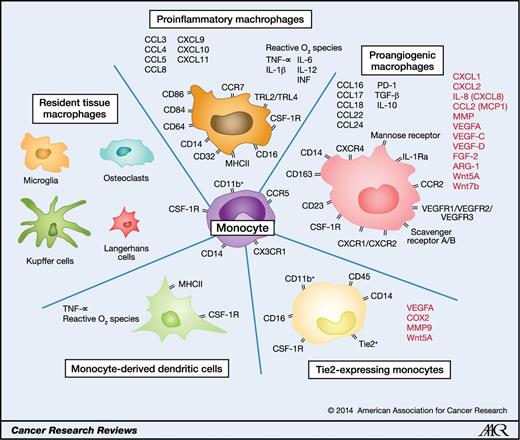
Stanford University & Buck Research Institute for Aging
While many diseases of aging are linked to the immune system, there is a lack of immunological measurements that can identify those most at risk. Researchers have created an inflammatory clock of aging (inflammatory i ge .iAge) which measures the inflammatory load and predicts multi-morbidity, weakness, immune health, cardiovascular aging and is also associated with exceptional longevity.
In studies of the immunity of 1001 elderly people [over 80], researchers identified a chemokine associated with heart aging, which can be used for early detection of age-related pathology, providing a target for interventions. Basic immunological measurements to identify individuals at risk of developing single or even multiple chronic diseases of aging are missing. The chemokine CXCL9 is an immune protein involved in age-related systemic chronic inflammation and heart aging. CXCL9 [with the strongest contribution to iAge] is usually called upon to attract lymphocytes to the site of an infection. But CXCL9 regulates multiple genes involved in inflammation and is involved in cellular aging, vascular aging and unwanted cardiac remodeling. Silence of CXCL9 reversed the loss of function in aging endothelial cells in humans and mice.
The results showed that on average, centenarians have an immune age of 40 years younger, with the example of a perfectly, extremely healthy 105-year-old [Italian] man with a 25-year-old immune system. The researchers found a correlation between CXCL9 and pulse velocity control results [measure of vascular stiffness].
These people are all healthy according to all available laboratory tests and clinical evaluations, but using iAge it was predicted who is likely to suffer from left ventricular hypertrophy (enlargement and thickening of its walls) and vascular dysfunction. IAge can be used to detect a person’s risk of developing multiple chronic diseases by assessing cumulative damage to their immune system many years earlier.
Recent studies of aging have identified features of the aging process but have not investigated age-related immune dysfunction. It becomes clear that more attention should be paid to the immune system with age, since almost every disease [related to age] has inflammation as part of its etiology. If a chronic inflammation is active, there will be genomic instability, mitochondrial dysfunction, and problems with protein stability. Systemic chronic inflammation causes telomere damage and epigenetic lesions. It is clear that in addition to these characteristics of aging, inflammation must be added. Chemokine CXCL9… [Chemokine (C-X-C ligand 9] is a cytokine [induced by IFN-γ] that plays a role in inducing chemotaxis, leukocyte differentiation and proliferation, and induction of extravasation. The CXCL9 / CXCR3 receptor regulates the migration, differentiation, and activation of immune cells by recruiting CTLs, NKs, NKT cells, and macrophages.
To activate immune cells, CXCL9 stimulates immune cells by activating Th1, whose cells produce IFN-γ, TNF-α, IL-2 and enhance cancer immunity by stimulating CTLs, NK cells and macrophages. CXCL9 has been shown to be a biomarker for the development of heart failure and left ventricular dysfunction, suggesting a pathophysiological relationship between the levels of this chemokine and the development of unwanted cardiac remodeling.
NOTE: CXCL9 Inhibitors: Resveratrol, Curcumin, Epigallocatechin, Quercetin. SOURCE: [Nature Aging. Jul. 2021].
SOURCE: [ Nature Aging. July 2021].















